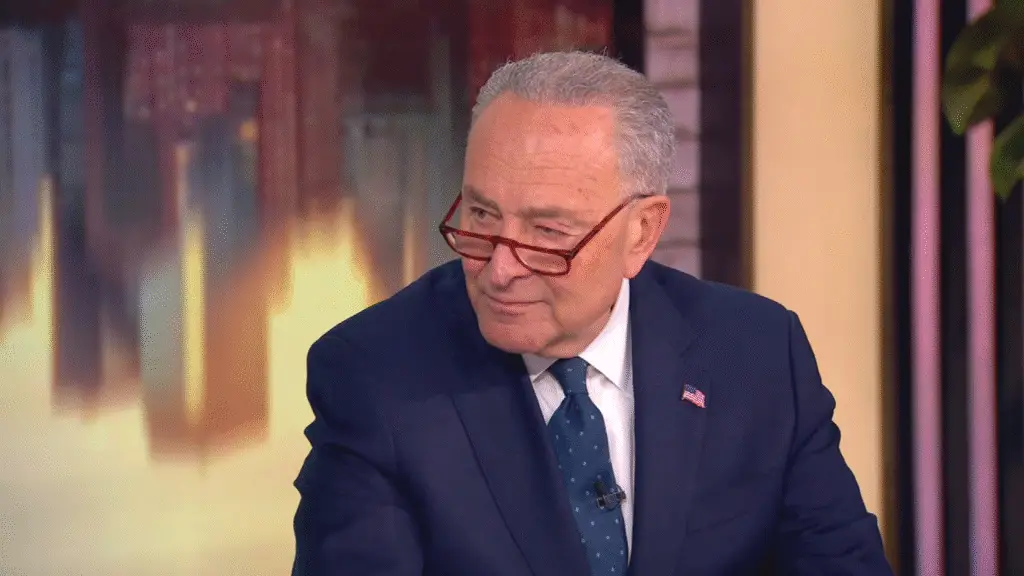Shutdown Lasts for the Third Longest Time Without a Breakthrough
The federal government has now been shut down for 20 consecutive days, marking the third-longest closure in U.S. history after the Senate failed for the 11th time to pass a funding resolution. Federal workers remain unpaid, public services are deteriorating, and no compromise appears imminent.
Despite mounting pressure on both sides, the political divide remains wide. Republicans insist on policy discussions before reopening the government, while Democrats demand that any agreement include the renewal of healthcare subsidies.
House Funding Bill Fails Again in the Senate
The Senate rejected a House-passed bill on Monday that would have extended government funding until November 21. The proposal failed to reach the required 60 votes, with no significant defections from party lines. Republicans currently need five more Democratic votes to move the measure forward but have been unable to secure them.
Senate Minority Leader Chuck Schumer warned that the ongoing deadlock could lead to a healthcare crisis if it continues. Senate Majority Leader John Thune reiterated that Republicans are open to discussing healthcare, but only after the government is reopened.

Workers and Services Under Growing Strain
Federal agencies are operating under extreme pressure as cash reserves dwindle. Courts have begun sending home non-essential staff, and the Supreme Court remains closed to the public. More than 700,000 federal employees are working without pay, and if the stalemate persists, the number of furloughed workers could rise to 900,000.
Transportation, WIC, and Head Start programs are experiencing severe disruptions. Social Security payments continue as required by law, but many support services that rely on appropriated funds face increasing uncertainty.
Recommended Article: China and US Agree to Resume Trade Talks Amid Tariff Tensions
House Recess and Strategic Calculations Amplify Tension
The House of Representatives remains in recess while leadership prepares for upcoming discussions expected to take place at the White House. President Donald Trump plans to meet with Republican senators to emphasize party unity while continuing to pressure Democrats for policy concessions.
Public frustration is mounting as “No Kings” rallies and widespread media coverage intensify scrutiny on lawmakers. Despite these developments, there has been little tangible progress toward a resolution.
Deadline Pressures and Political Fallout Mount
As key deadlines approach, including the expiration of healthcare subsidies under the Affordable Care Act, both parties acknowledge that the shutdown could extend beyond November. Republicans are considering longer short-term funding measures, while Democrats remain divided over whether to link new funding to policy changes.
Analysts warn that prolonged inaction could undermine public confidence in the economy and further destabilize Washington’s already fragile political climate. The risk of delayed services and declining productivity continues to grow each day the government remains closed.
Resolution Uncertain, Pressure Rising
There is currently no clear path toward resolving the impasse. Republicans maintain that reopening the government must come first, while Democrats refuse to back down from their policy goals. As the shutdown continues, skepticism among analysts, economists, and the public is increasing.
The outcome of the next Senate vote, upcoming White House negotiations, and potential bipartisan talks will determine whether the shutdown ends soon or stretches on further. The stakes remain high for government employees, essential services, and the overall stability of the U.S. economy.















